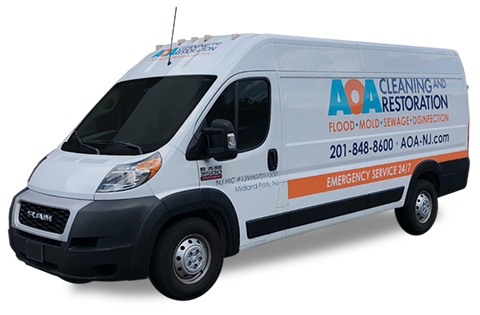Did you know subfloor mold can cause up to 18% of indoor air quality problems in American homes? This hidden enemy can harm your living space without you noticing. It’s important to know what subfloor mold looks like and how to spot it to keep your home healthy.
Subfloor mold often shows up as dark spots or patches under your floors. You might find it under carpets, vinyl, or laminate. The mold can look like black, green, or white marks on plywood or OSB, which are common in homes since the 1950s.
A musty smell is a sign of subfloor mold. Sometimes, the only hints are bubbling in vinyl floors or a smell of mildew. Mold can quietly spread in these hidden areas, especially where there’s moisture and organic matter.
To find subfloor mold, look for musty smells and check for visual signs. Discoloration and damage to flooring materials are often signs of a bigger problem that needs attention.
Key Takeaways
- Subfloor mold can appear as dark spots or patches beneath flooring materials like carpets, vinyl, or laminate.
- It often grows on plywood or OSB substrates, common since the 1950s.
- The presence of subfloor mold can be hinted at by a musty odor.
- Bubbling in flooring materials may indicate water damage and potential subfloor mold.
- Maintaining awareness of mold characteristics, such as discoloration and mildew odors, is crucial for identifying subfloor mold.
Identifying Subfloor Mold
Spotting subfloor mold early is key to avoiding big damage and health issues. Knowing the signs and what to look for makes finding mold easier. Look for mold patches, warped floors, and a musty smell. These are all signs of mold.
Moisture meters are great for finding hidden mold. They show where moisture is high, which mold loves. Always wear protective gear like masks and gloves when checking for mold to stay safe.
Looking closely can show mold damage on vinyl floors or changes in wood floors. To find mold, you might need to remove flooring layers. Look for discoloration and dampness, especially under vinyl, laminate, or tile.
Sometimes, mold isn’t easy to see. If you think there’s mold but can’t find it, get a pro to check. Companies like AOA Cleaning and Restoration have the tools to find and fix hidden mold.
Why Subfloor Mold Develops
Moisture is the main reason for subfloor mold. It often happens because of high humidity, leaks, or trapped moisture between flooring layers. Sources like spills, plumbing leaks, or high humidity can lead to mold growth. About 50% of homes have multiple flooring layers, making mold more common.
Mold under a subfloor is hard to spot because it’s hidden. This makes it a big problem for early detection. Mold spores can spread in the air, causing serious health issues like asthma and pneumonia. Some molds also release toxins that can cause pain and depression.
Materials like wood in subfloors feed mold when it’s wet. Poor air flow and neglect make mold worse. Checking for leaks and water damage helps keep moisture down, which fights mold.
Keeping up with maintenance and air flow helps prevent mold. When removing mold, wear protective gear and use negative-pressure setups. If you have health issues, see a doctor before starting mold removal.
In summary, knowing and managing moisture and mold conditions is vital. Taking proactive steps, regular upkeep, and professional help can solve subfloor mold problems in homes.
Conclusion
Addressing subfloor mold starts with spotting its signs and knowing why it happens. Mold, like black mold, is dangerous and can harm your home’s structure. It grows in damp places and spreads through spores, causing health problems.
To stop mold, keep your home dry and well-ventilated. Fix leaks fast and check for moisture regularly. Using mold-resistant finishes can also help.
If you find mold under your floors, get help from mold experts. They can safely remove it. For small problems, you might try cleaning with borax or vinegar. But for big issues, professional mold remediation and removal services are best.
Keeping an eye on moisture and fixing problems quickly is key. This way, you can avoid mold and keep your home safe and healthy.




















